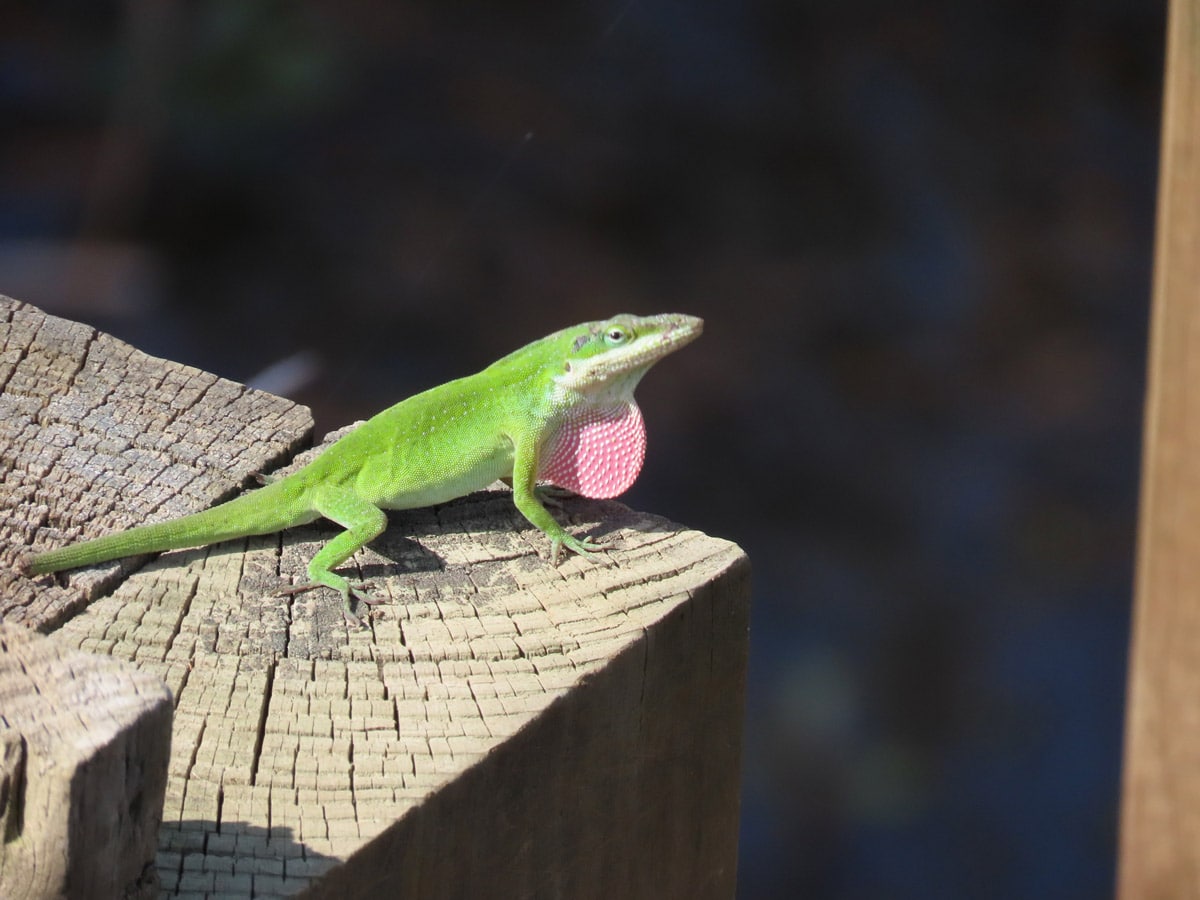
With the national emergency of the COVID-19 pandemic, many of us have found ourselves stuck at home more than we may like. You might be getting stir-crazy and looking for something to take your mind off the world at hand. Well, I have just the solution for you! Now is the perfect time to explore your backyard wilderness and find those easily accessible facets of nature that shine out from the corners. Our backyards, especially those in our rural and well-preserved Edisto, are brimming with nature. You only need to look to see them.

An easy place to start is with the plants growing about your lawn. Spring has sprung and wildflowers are cropping up everywhere. Tiny bursts of color flecked across the turf grass are easy to pick out. Clover, Oxalis, Toadflax, Bluet, Dwarf Dandelion, Vetch, and Dewberry are all common in lawns and weedy alcoves. While you’re combing through the grass for flowers, keep an eye open for pollinators. Our native bees and butterflies have begun to stir and they will be frequenting any flowers they can find nearby. Bumblebees, Carpenter Bees, and Honeybees are buzzing about and Cloudless Sulphurs, Red-banded Hairstreaks, and Juvenal’s Duskywings are fluttering around. As you gaze around into the whirling world of winged insects, stay apprised of any of our cold-blooded locals sure to be nearby. Lurking under and inside potted plants are Green Tree frogs, Southern Toads, and Green Anoles, happy cohabitators of human creation. The Anole patrols for insects by day and it is by night for our Tree Frogs and Toads.

Of course, no backyard nature outing is complete without taking note of our abundant and diverse birds. Bringing birds to your backyard is as easy as hanging up a bird feeder. A handful of millet and sunflower seeds scattered on a sidewalk or across a patio will accomplish the same goal and might bring in birds of a different feather, along with any neighborhood squirrels. Putting out a block of suet or a sprinkling of mealworms will attract ever more yard birds. A cup of grape jelly may net you an Oriole. Now is the perfect time to try your hand at birding. Birds are beginning to sing and build nests, making them easier than normal to see, hear, and attract with feeders. You can keep a list of all these birds to upload to the eBird app. Cornell University, who manages eBird, has tons of online resources for identifying and attracting birds.

If you encounter anything you can’t identify, break out any field guides you have or upload the photo to the iNaturalist app. Using iNaturalist is a great way to find a name for common species and to get answers for more difficult ones from expert naturalists. Observations submitted to eBird and iNaturalist can help biologists from around the country with their research. So what are you waiting for? Step outside and learn what you’ve been missing this whole time!
Article by: Tom Austin, Land Protection Specialist for EIOLT